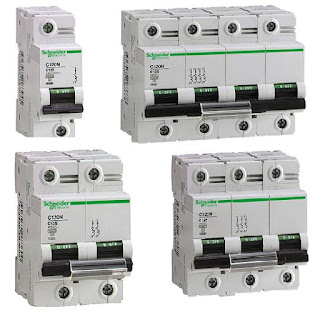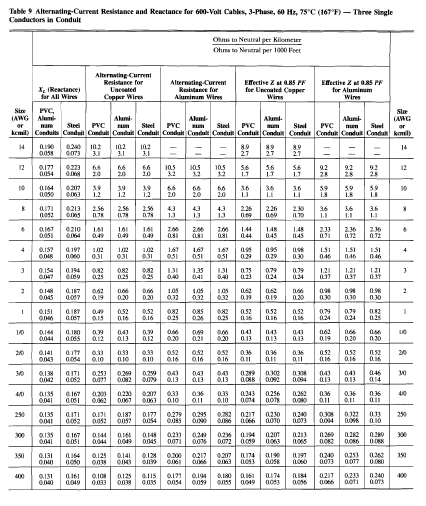How to Select Proper Type of Miniature Circuit Breakers MCBs
How to Select Proper Type of Miniature Circuit Breakers MCBs
A mechanical device capable of making and carrying currents under normal circuit conditions and also capable of breaking currents under specified abnormal circuit conditions such as those of short-circuits.
Generally circuit breakers has several current ratings and each nomenclature must be identified properly to understand its characteristics.
In is the nominal current rating. This is the current that the device can carry, without disconnection and without reducing the expected life of the device.
Ia is the disconnection current. This is the value of current that will cause the disconnection of the device in a given time.
Icn is the value of fault current above which there is a danger of the device exploding or, worse, welding the contacts together.
Ics is the value of fault current that the device can handle and remain serviceable.
Characteristics of MCBs
MCBs generally have less prospective short-circuit current rating (ranging from 6kA up to 10kA) compare with other type of circuit breakers. And its overcurrent rating range ranges only from 6A up to 100A.
There are three common types of MCB: Type B, Type C and Type D. The difference between the devices is the value of current (Ia) at which the magnetic part of the device trips. The different types are selected to suit loads where particular inrush currents are expected.
Type B trips between three and five times the rated current (3 to 5 x In). This type is normally used for domestic circuits and small commercial applications where inrush current is non existent to cause it to trip.
For example, the magnetic tripping current in a 32 A Type B CB could be 160 A (Ia = 5 x In). These MCBs are used where maximum protection is required and therefore should be the choice for general socket-outlet applications.
Type C trips between five and ten times the rated current (5 to 10 x in). These MCBs are normally used for commercial applications where there are small to medium motors or fluorescent luminaires and where there is some inrush current that would cause the CB to trip.
For example, the magnetic tripping current in a 32 A Type C CB could be 320 A (Ia = 10 x In)
Type D trips between ten and twenty times the rated current (10 to 20 x In). These MCBs are for specific industrial applications where there are large inrushes of current for industrial motors, x-ray units, welding equipment, etc.
For example, the magnetic trip in a 32 A Type D CB could be 640 A (Ia = 20 x In).


.webp)











That was a really good blog, the information you mentioned in your post is really good and useful. I like your blog please share more information with us.electrical boxes
ReplyDeleteThe information in the post you posted here is useful because it contains some of the best information regarding Electrical Boxes available. Thanks for sharing it. Keep up the good work.
ReplyDeleteThanks for your post. It's very helpful post for us. You can also visit Keytesting and tagging sydneyword for more Victor Steel related information. I would like to thanks for sharing this article here.
ReplyDeleteA conduit allows electricity to go through it, though an encasing doesn't.
ReplyDeleteвысоковольтный керамический конденсатор
This post is so useful and valuable to increase our knowledge about brakes. I am happy that you have shared great info with us. Grateful to you for sharing an article like this.
ReplyDelete